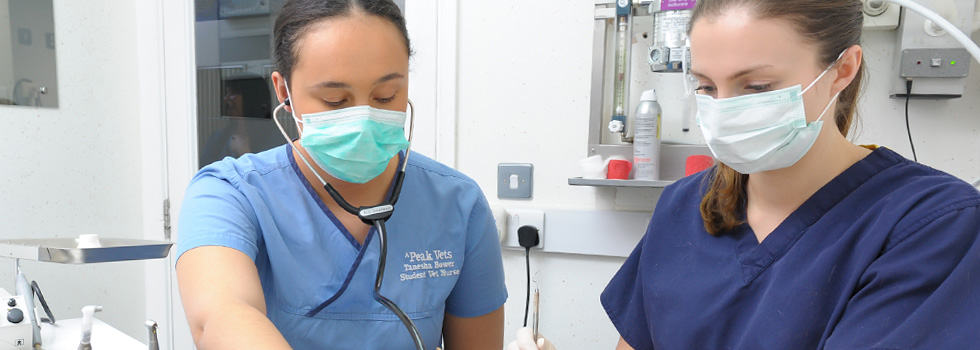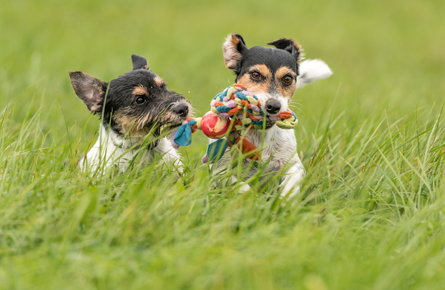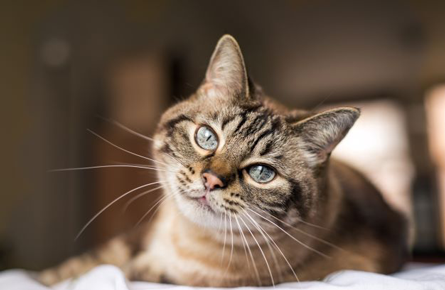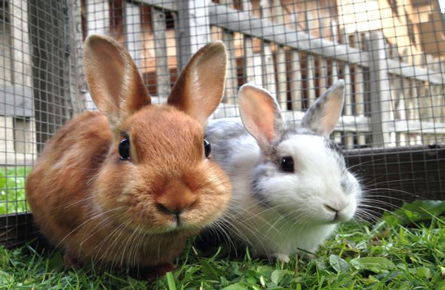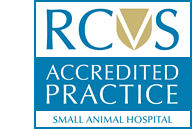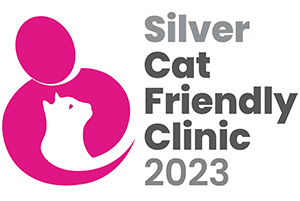At Peak vets, we advise that your pet’s dental care is equally as important as any other preventative treatment. Just like humans, our pets can develop a build-up of tartar and plaque, which can lead to gum disease and tooth decay.
We recommend introducing a pet dental care routine as soon as possible, brushing your pets’ teeth (with a toothpaste specially formulated for animals) once or twice a day is the best way to ensure good oral hygiene.
Animals are very good at hiding pain, even with severe oral pain, most will usually continue to eat and will only show subtle signs that there is something wrong.
Poor pet dental care
Poor pet dental care can lead to dental disease, root exposure, gingivitis, and tooth infections, which can lead to multiple tooth extractions. This can be avoided by a good pet dental care routine.
What are the signs of dental disease?
There are many signs of dental disease, these may include: bad breath, discoloured teeth, visible tartar build-up on teeth, drooling, loose teeth, slowness, or a reluctance to eat, chewing only on one side of the mouth, and swelling of the mouth area.
How can I prevent my pet from getting dental disease?
The best way to keep the mouth of our pets healthy is to maintain a regular pet dental care routine, brushing your pet's teeth daily will help keep tartar at bay, if you start a routine when your pet is young it will be easier for them to get used to it, but you can introduce it at any age, if you would like some advice on the best way to do this, contact us today, our team will be happy to help.
Here at Peak vets, we can also offer a scale and polish for your pet, this can be beneficial if performed regularly to thoroughly clean the teeth. Like a scale and polish that we would have at the dentist, it is not painful for your pet, but we may suggest a short general anesthetic as our patients will probably not sit still during the procedure.
Your pets dental hygiene
Dental hygiene is just as important for pets as it is for us. With your help, your pets can have healthy teeth and gums throughout their lives.
Poor dental care could result in infections or loss of teeth. It could also lead to further complications and that is why we are so keen to ensure your pets get the best preventative dental care.
We offer dental checks with our nurses so that your pet’s teeth can be assessed for any existing dental disease that may require veterinary intervention and to provide tailored home care advice for your pet.
In the meantime, we recommend brushing your pet's teeth regularly to keep them healthy and plaque-free – We recommend starting to introduce your dog or cat to have their teeth brushed when they are young, this can start at around 3 months old.
Only use a toothpaste specially formulated for animals. (Never use human toothpaste on animals)
Follow our Step by step guide on how to brush your pet’s teeth:
- Practice looking at your pet’s gums while they are sitting still. Get them used to looking in their mouth and moving their lips, you can reward them and praise them for allowing this behaviour.
- Put a very small amount of toothpaste onto your finger brush and get your pet to have a sniff and lick it off, by doing this it will help get them used to the taste and texture of the toothpaste and finger brush. Make sure your dog or cat are not put off by this and are happy with the taste.
- Once your dog or cat is used to the above (steps 1 and 2), you can squeeze a small amount of toothpaste onto the finger brush. Very gently start to brush the front teeth. The front teeth are nice and easy to reach. Once they are comfortable with this, you can reach further back (This may take time but be patient with your dog or cat, as you do not want to make this an awful experience).
- Do not brush a puppy or kitten’s teeth when they are teething, wait until their adult teeth are through, once they have all their adult teeth and their gums have settled down you can then brush their teeth. Once they get used to a finger brush you can then start to introduce an actual toothbrush for best results.

